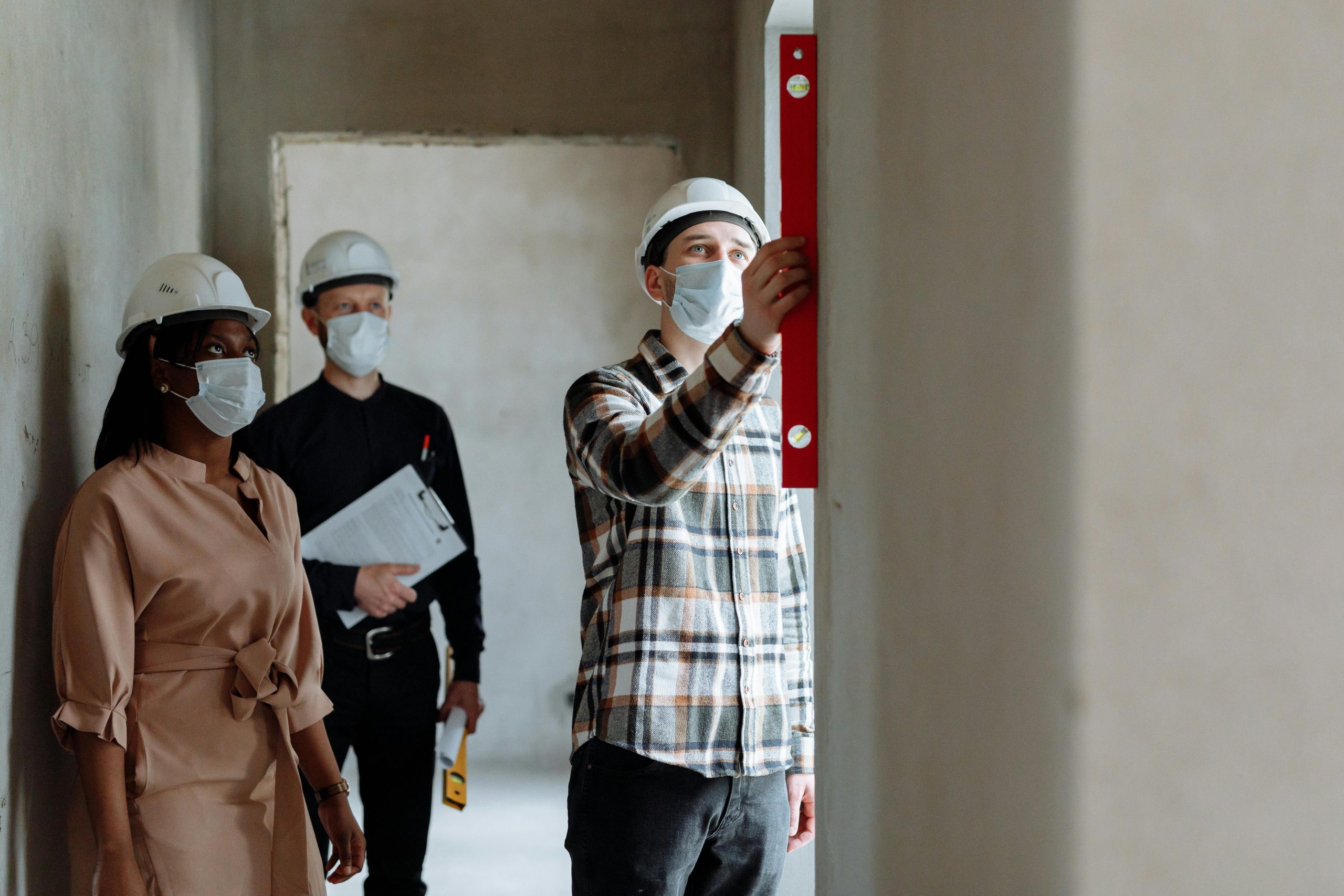Employers have a legal duty under the Health and Safety (First-Aid) Regulations 1981 to provide adequate and appropriate first aid arrangements for their workforce. This includes ensuring that employees have access to suitably trained first aiders. The Regulations apply to all workplaces regardless of size, which means including those with fewer than five employees and to the self-employed. But what type of training is appropriate, and how many first aiders are required?
This article explains the three most common workplace first aid training options and how to assess your staffing needs.
First Aid Training Options Explained
There are three main types of first aid training relevant to workplaces: Emergency First Aid at Work (EFAW), First Aid at Work (FAW), and First Aid for Appointed Persons.
Emergency First Aid at Work (EFAW) is a one-day course designed for low-risk workplaces such as offices, shops, and small service businesses. It covers essential life-saving skills including CPR, the use of automated external defibrillators (AEDs), and how to respond to common emergencies like choking, shock, minor bleeding, and seizures. This course is suitable for nominated first aiders in environments where serious incidents are less likely, but basic response skills are still necessary.
First Aid at Work (FAW) is a more comprehensive course, which usually takes three-day, appropriate for higher-risk environments such as construction sites, factories, and warehouses. In addition to the content of the EFAW course, it includes training on managing medical conditions like asthma, heart attacks, strokes, and anaphylaxis, as well as treating injuries such as burns, fractures, and eye damage. This qualification is suited to settings where the risk of serious injury or illness is greater, or where a more robust first aid response may be required.
First Aid for Appointed Persons is not a first aid qualification in itself but provides basic knowledge about managing first aid arrangements in the workplace. It is most appropriate for very low-risk environments with few staff, where a full first aider may not be deemed necessary. The course typically covers how to maintain first aid kits, complete accident records, and contact emergency services. However, appointed persons are not trained to deliver first aid unless they also hold an EFAW or FAW certificate.
How Many First Aiders Do You Need?
The number of first aiders a workplace requires depends on the level of risk and the number of employees, as determined by a suitable and sufficient risk assessment.
In low-risk workplaces, such as offices or retail environments, if you have fewer than 25 employees, it is usually sufficient to have at least one Appointed Person responsible for managing first aid arrangements. For workplaces with between 25 and 50 employees, at least one person trained in Emergency First Aid at Work (EFAW) is typically recommended. Where there are more than 50 employees, you should have at least one person trained in First Aid at Work (FAW) for every 100 employees, or part thereof.
In higher-risk environments, such as construction sites, factories, or warehouses, the requirements are more stringent. If there are fewer than five employees, an Appointed Person may still be suitable. However, for five to 50 employees, at least one person should be trained in EFAW or FAW, depending on the specific hazards identified. Where there are more than 50 employees, you should provide at least one FAW-trained first aider for every 50 employees, or part thereof.
Employers should also consider factors such as shift patterns, lone working, site layout, and proximity to emergency medical services when deciding on first aid provision. These factors may justify additional trained personnel even in smaller teams.
Special Considerations for First Aid Provision
When assessing your first aid needs, it’s important to go beyond just employee numbers and risk levels. The following special circumstances may require additional planning and coordination.
Shared Worksites
If any of your employees work at sites occupied by other employers, such as shared offices, retail complexes, or construction projects, you must coordinate with those occupiers to ensure that adequate first aid arrangements are in place. While verbal agreements may suffice initially, a written agreement between all parties is strongly recommended to define responsibilities clearly and avoid confusion in the event of an emergency.
Cover During Absences
It is not enough to rely on a single trained individual. You must ensure that first aid cover remains available at all times, including during absences. This includes planning for both anticipated absences such as annual leave or training days, and unplanned absences like illness or emergencies. Depending on your workforce size and operational hours, this may mean training multiple staff members to maintain minimum cover at all times.
Non-Employees and Visitors
While the Health and Safety (First-Aid) Regulations 1981 do not place a legal duty on employers to provide first aid for non-employees, such as customers, students, or contractors, the Health and Safety Executive (HSE) strongly recommends that employers do include non-employees in their first aid provision. For many workplaces, especially those that are public-facing, having trained staff and accessible equipment to respond to incidents involving visitors is considered good practice and may reduce reputational and legal risks.
Employer Action Points
Employers are reminded of their duty to ensure adequate first aid provisions are in place. This includes conducting or reviewing your First Aid Needs Assessment to identify the appropriate level of cover required. Determine the number and type of first aid kits needed and identify suitably trained and competent first aiders for the workplace. It is essential to ensure all first aid boxes are fully stocked and regularly maintained, and that first aiders' training and certification are current and valid. Regular reviews help maintain compliance and ensure a prompt and effective response to incidents.
More Information
For further guidance please contact us on 033 33 215 005 or at info@wirehouse-es.com.





